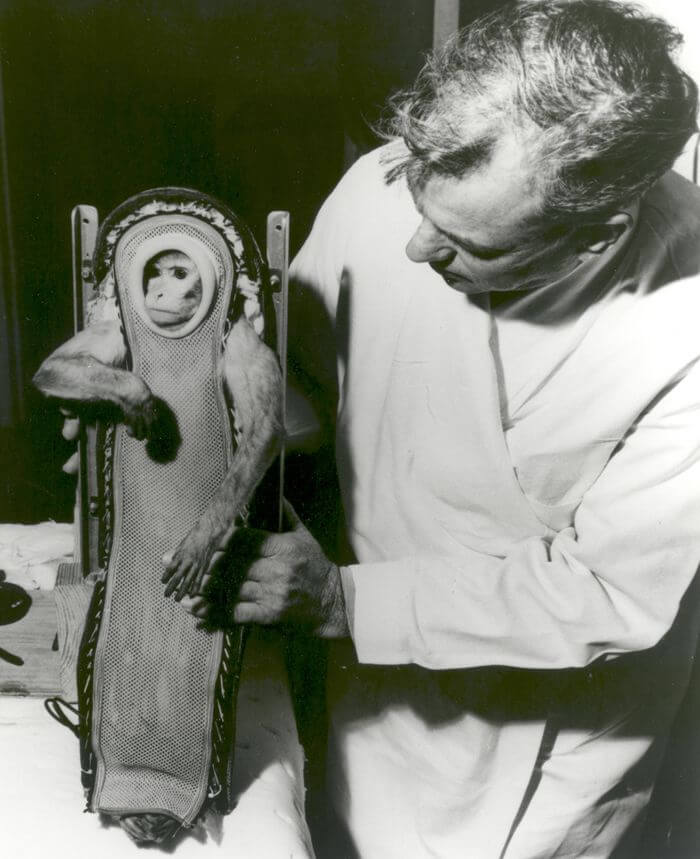On Sept. 16, 1949, the U.S. launched a V-2 rocket with a monkey named Albert III on board.
Albert III was the third monkey the U.S. attempted to launch to space. He was also the third one to be killed on the job. NASA started launching monkeys into space in the 1940s to try to see what might happen to humans in space.
Photos: Pioneering Animals in Space
This testing started more than a decade before any humans were launched up there. The monkeys were all given anesthetics and covered with sensors and probes that monitored their vitals. While the other five Alberts that were launched on V-2 rockets were all rhesus monkeys, Albert III was actually a long-tailed macaque. Albert III died when his rocket exploded 10 seconds after launch.
Cosmic Menagerie: A History of Animals in Space | Infographic
The two Alberts who came before him died differently, first by suffocation and then by a parachute that failed to deploy before landing. It wasn’t until the Albert VI flew in 1961 that a test monkey survived a test launch. NASA stopped using monkeys for testing in the 1980s.
On This Day in Space Archive!
Still not enough space? Don’t forget to check out our Space Image of the Day, and on the weekends our Best Space Photos and Top Space News Stories of the week.
Follow us @Spacedotcom and on Facebook.

